Classical Biological Control: Insect Pests and Weeds
Due to global trade liberalization on import and export of agricultural produce, planting material and flourishing tourism, the risks of exotic and invasive pests have increased in the recent years by many folds. As a result there is a dire need to safeguard agriculture and allied industries which are likely to be affected by accidental introduction of exotic and alien species. Classical Biological Control (CBC) is a sound and sustainable way to safeguard the biodiversity ravaged by the introduced pests in the area of agriculture, forestry as well as vectors associated with human and animal health. In this direction, the book provides an insight to tackle exotic pest problems through CBC. The book also highlights the need, procedures, success stories and simple field characters to identify important insect species and their sexes; which is the outcome of author's long national and international exposure on the subject. Interestingly, it suggests value addition and use of potential biocontrol agents as biological gold due to their higher nutraceutical and therapeutic properties, which is a new dimension to be explored in order to improve the economy of resource poor communities.
Contents: 1. Classical Biological Control of Crop Pests and Weeds: An Introduction. 2. History of Classical Biological Control. 3. Progress and Potential of Biological Control. 4. Fortuitous biological Control of Insect Pests and Weeds. 5. Non-target Effects (Negative Impact) Caused by Exotic Biological Control Agents. 6. International Guidelines for Import and release of Biological Control Agents and other beneficial Organisms. 7. Quarantine Facilities: Handling of Introduced Organisms. 8. Success Story of Parthenium Management in India. 9. Classical biological Control of Pink Hibiscus Mealy Bug. 10. Noni, Morinda Citrifolia- An Ideal Candidate for Natural Enemy Enhancement. 11. Insect Biodiversity and Identification Features of Important Parasitoids and Predators. 12. Secondary Sexual Characteristics in Insect and their role in Sexing. 13. Important Distinguishing Characters of Male and Female Parasitoids. 14. Important Disinguishing Characters of Male and Female Insect Predators. 15. Habitat Management for Natural Enemy Enhancement. 16. Biological Control Laboratory : Basic Needs. 17. Procedures in Classical Biological Control. 18. Rearing of Factitious Laboratory Hosts. 19. Rearing of Important Parasitoids and Predators. 20. Quality Control Parameters of Biopesticides. 21. Value Addition of Biological Control Agents and Other Beneficial Organisms. Glossary.
Get it now and save 10%
BECOME A MEMBER

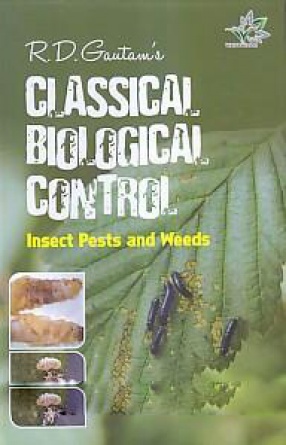
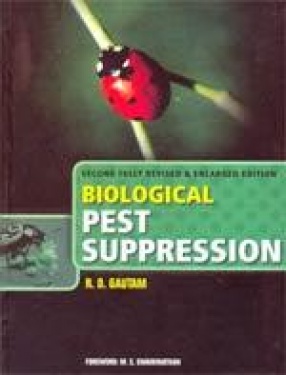
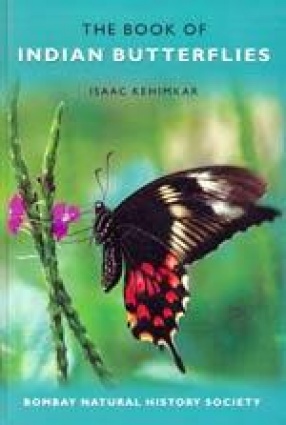
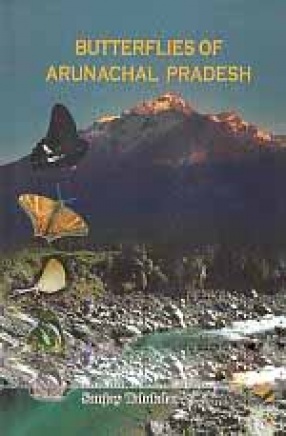
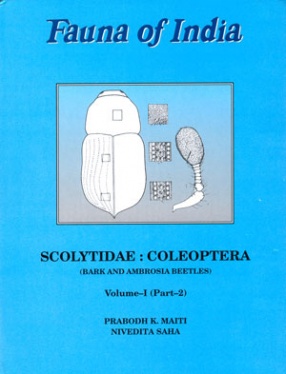
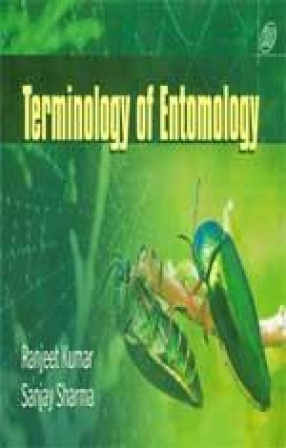

Bibliographic information